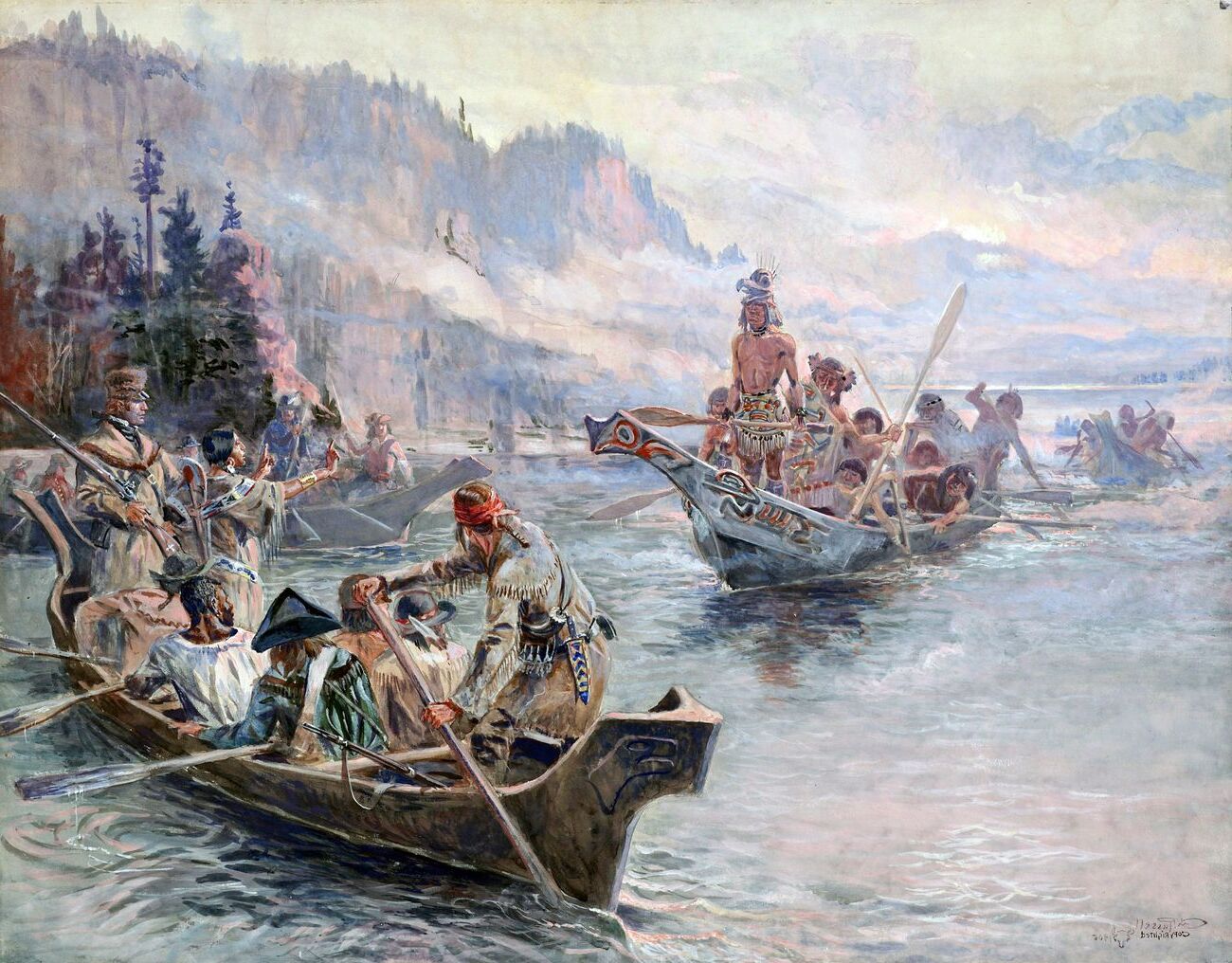
What was the Lewis and Clark Expedition? The Lewis and Clark Expedition was a daring journey across the uncharted American West. Led by Meriwether Lewis and William Clark, this 1804-1806 expedition aimed to map the newly acquired Louisiana Territory and find a water route to the Pacific Ocean. Along the way, they encountered diverse Native American tribes, documented countless plant and animal species, and faced numerous challenges. This monumental trek not only expanded America's geographical knowledge but also paved the way for westward expansion. Ready to dive into 25 intriguing facts about this historic adventure? Let's get started!
The Beginning of the Expedition
The Lewis and Clark Expedition was a monumental journey that shaped American history. Let's dive into some fascinating facts about this incredible adventure.
- President Thomas Jefferson commissioned the expedition in 1803 after the Louisiana Purchase.
- Meriwether Lewis and William Clark led the expedition, which lasted from 1804 to 1806.
- The primary goal was to explore and map the newly acquired territory and find a practical route across the western half of the continent.
- The expedition was also tasked with establishing an American presence before European powers tried to claim the land.
Key Figures and Their Roles
Understanding the people involved gives us a clearer picture of the expedition's dynamics.
- Meriwether Lewis was chosen for his military experience and knowledge of the frontier.
- William Clark, a seasoned frontiersman and mapmaker, was Lewis's close friend and co-leader.
- Sacagawea, a Shoshone woman, joined the expedition as an interpreter and guide.
- York, an enslaved African American owned by Clark, played a significant role in the journey and was highly respected by Native American tribes they encountered.
Challenges Faced on the Journey
The expedition wasn't without its difficulties. Here are some of the major challenges they encountered.
- Harsh weather conditions, including extreme cold and heat, tested their endurance.
- Navigating the Missouri River was treacherous due to its strong currents and hidden sandbars.
- The Rocky Mountains posed a significant obstacle, requiring them to find a passable route.
- They faced potential threats from wildlife, including grizzly bears and rattlesnakes.
Interactions with Native American Tribes
The expedition's success heavily relied on their interactions with various Native American tribes.
- The Mandan and Hidatsa tribes provided crucial assistance during the winter of 1804-1805.
- Sacagawea's presence helped establish peaceful relations with the Shoshone tribe, who provided horses for crossing the Rockies.
- The Nez Perce tribe aided the expedition by providing food and guidance through the Bitterroot Mountains.
- Despite some tensions, most encounters with Native American tribes were peaceful and mutually beneficial.
Scientific Discoveries and Contributions
The expedition made significant contributions to science and knowledge of the American West.
- They documented over 300 new species of plants and animals previously unknown to science.
- Detailed maps created by Clark were invaluable for future explorers and settlers.
- The expedition's journals provided extensive ethnographic information about the Native American tribes they encountered.
- They discovered the source of the Missouri River, which was crucial for future navigation and trade.
The Expedition's Legacy
The impact of the Lewis and Clark Expedition extends far beyond their return.
- Their journey paved the way for westward expansion and the concept of Manifest Destiny.
- The expedition's success bolstered American claims to the Oregon Territory.
- It inspired future explorers and adventurers to venture into the American West.
- The detailed records and maps they created remain valuable historical documents.
- The Lewis and Clark National Historic Trail commemorates their journey and educates the public about their contributions to American history.
The Legacy of Lewis and Clark
The Lewis and Clark Expedition left a lasting mark on American history. Their journey provided invaluable information about the vast, uncharted western territories. They mapped over 8,000 miles, documented 178 plants and 122 animals, and established relations with numerous Native American tribes. This expedition paved the way for westward expansion, influencing the nation's growth and development.
Their courage and determination continue to inspire. The stories of their encounters, discoveries, and challenges remind us of the spirit of exploration and the thirst for knowledge. The expedition's success was a testament to teamwork, resilience, and the human drive to explore the unknown.
Understanding the significance of Lewis and Clark's journey helps us appreciate the complexities and triumphs of early American exploration. Their legacy lives on, encouraging future generations to seek out new frontiers and embrace the unknown with curiosity and bravery.
Was this page helpful?
Our commitment to delivering trustworthy and engaging content is at the heart of what we do. Each fact on our site is contributed by real users like you, bringing a wealth of diverse insights and information. To ensure the highest standards of accuracy and reliability, our dedicated editors meticulously review each submission. This process guarantees that the facts we share are not only fascinating but also credible. Trust in our commitment to quality and authenticity as you explore and learn with us.


